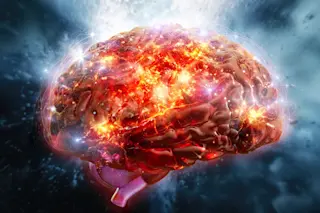Everyone has habits. But what exactly are they?
According to many psychologists, habits are behaviors that are purely stimulus-driven. What this means is that habitual behaviors do not serve a goal or purpose — instead, they simply activate in response to a particular situation. These behaviors may have served a purpose in the past, but after being “overlearned” (repeated many times), they no longer do so.
A common example of a “purposeless” habit might be the following not-uncommon situation: Every morning, someone gets in their car and drives to work. One morning, they want to go shopping on the other side of town instead. However, after driving for a while, they suddenly realize they’ve driven straight to their workplace.
In this scenario, the person’s goal was to go to the shops, but their habitual driving-to-work behavior activated, even though work was not their goal. This kind of lapse into a ...














